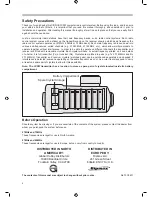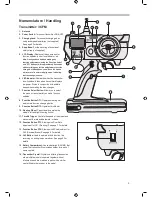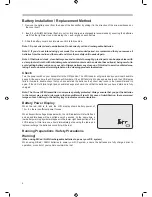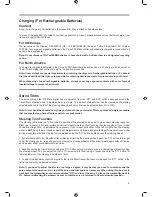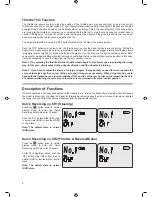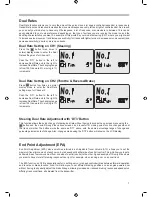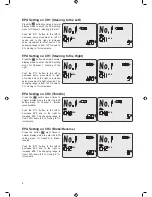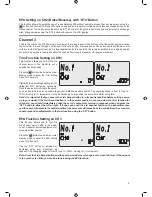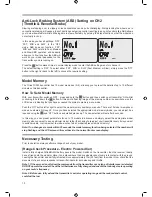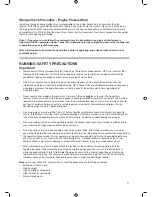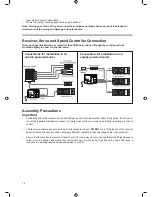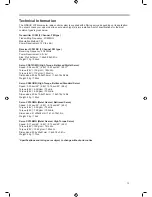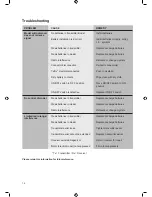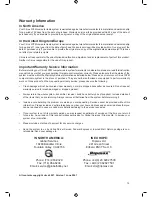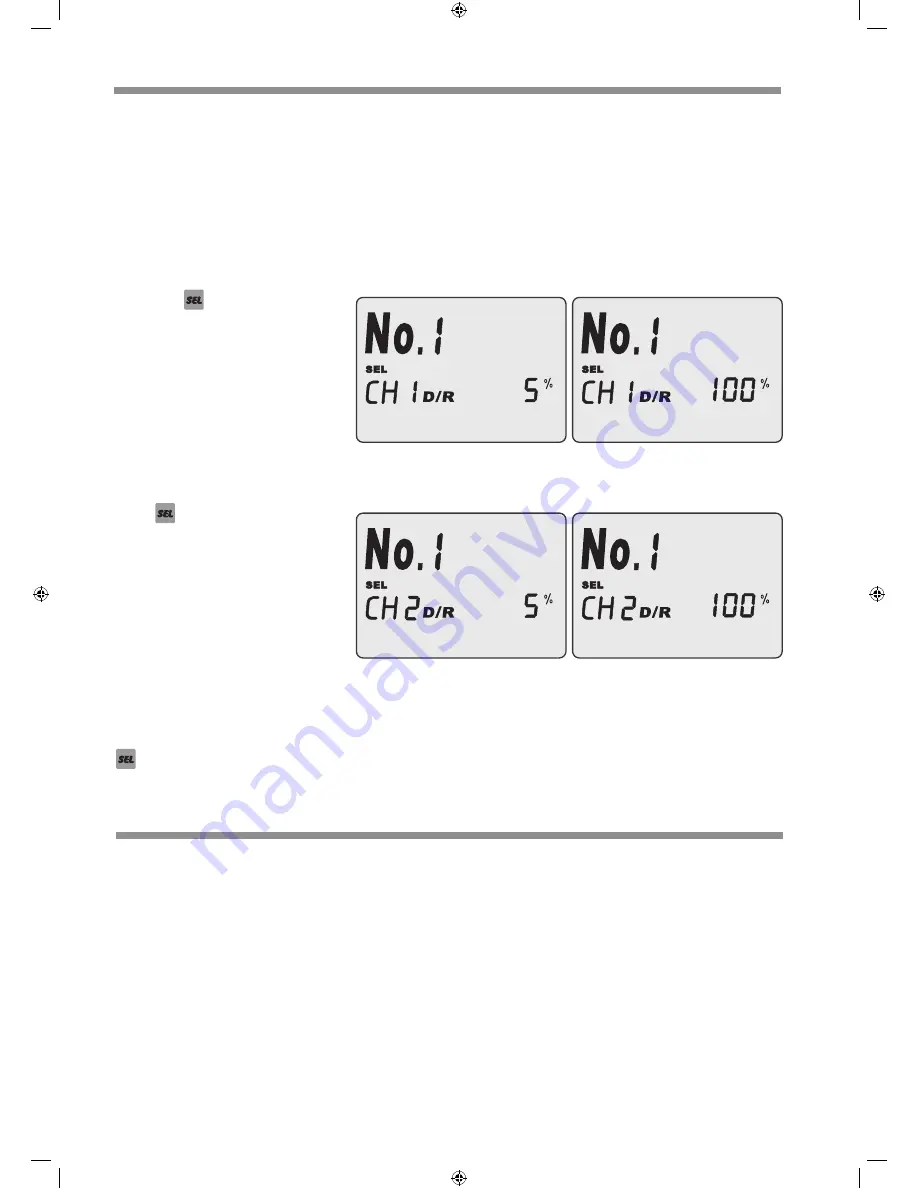
Dual Rates
Dual Rate function allows you to vary the amount the servo moves (or speed controller responds) in response to
transmitter inputs and reduces/increases the movement/response evenly, left and right of centre/neutral. As a result,
you can set your model up to have very little response, a lot of response, or somewhere in between. This can be
easily adjusted to your own preference depending on the type of surface you are running the model on and the
handling characteristics you want. An example of this would be your model’s steering (Ch1), where you might want
to increase servo movement (and increase sensitivity) for tracks with tighter turns or decrease servo movement (and
decrease sensitivity) on wider, more open tracks.
Dual Rate Setting on CH1 (Steering)
Press the
button three times in
normal display mode to enter the Dual
Rate setting menu for Channel 1.
Push the ‘DT1’ button to the left to
decrease Dual Rate and to the right to
increase Dual Rate. The changing range
is from 100% down to 5%, moving in 1%
increments.
Dual Rate Setting on CH2 (Throttle & Reverse/Brake)
Press
button four times in normal
display mode to enter the Dual Rate
setting menu for Channel 2.
Push the ‘DT1’ button to the left to
decrease Dual Rate and to the right to
increase Dual Rate. The changing range
is from 100% down to 5%, moving in 1%
increments.
Steering Dual Rate Adjustment with ‘DT3’ Button
This function allows the quick change of steering dual rate without having to access the on screen menu using the
button and then scroll through the various screens, and is useful for making quick function changes when at
the track or similar. The button works the same as ‘DT1’ above, with the same percentage range of change and
percentage increments of change. Also, changes made using the ‘DT3’ button will show on the LCD display.
End Point Adjustment (EPA)
End Point Adjustment (EPA), also sometimes referred to as Adjustable Travel Volume (ATV), allows you to set the
maximum travel (movement) of each servo, but independently either side of neutral (centre). This will allow you to set a
deliberate bias of servo movement from one side of neutral (centre) to the other. A good example of this might be where
you want to have more left steering response than right, for example, when running a car on an oval track.
The EPA function on Ch2 is especially useful in setting servo (or speed controller) bias between forward operation
and reverse or brake function. Also, it will allow you to set different braking positions on an engine powered car
without having to physically adjust the brake linkage, allowing increased or reduced braking response dependent on
differing track conditions, all adjusted from the transmitter.
7


